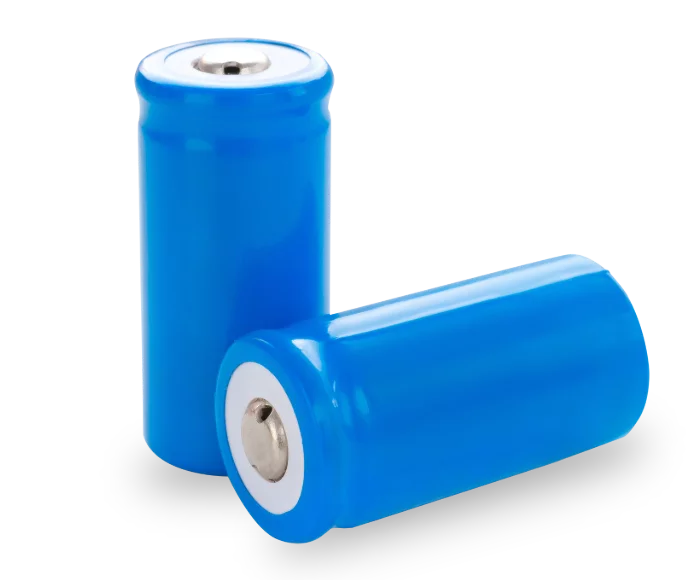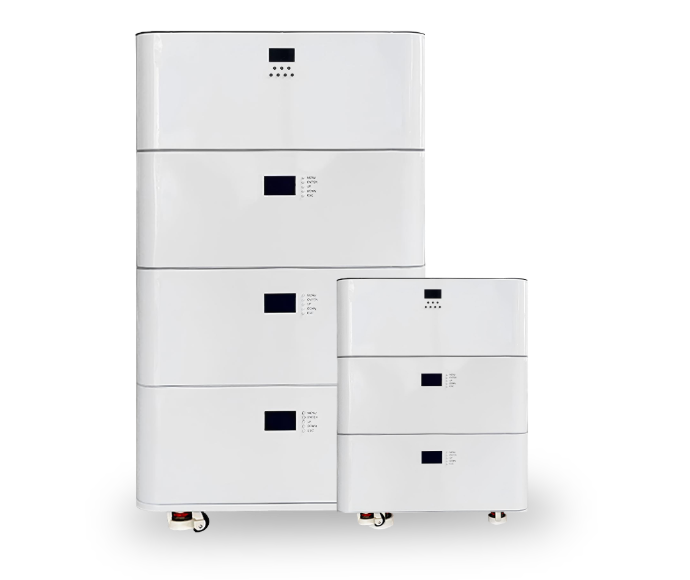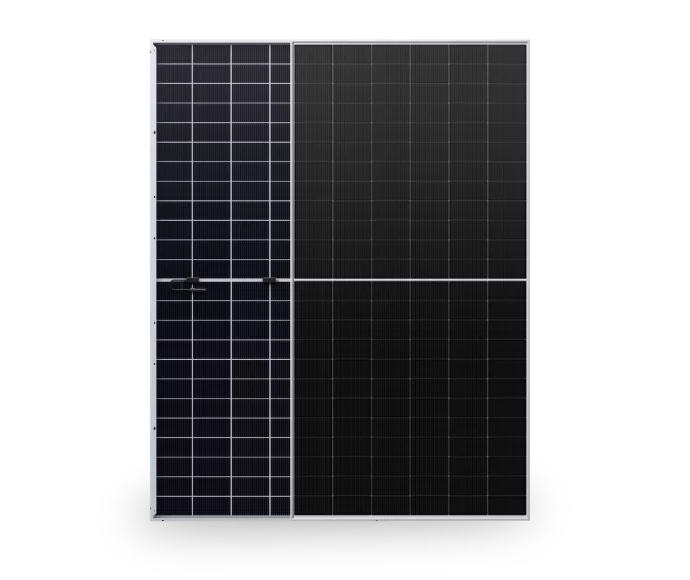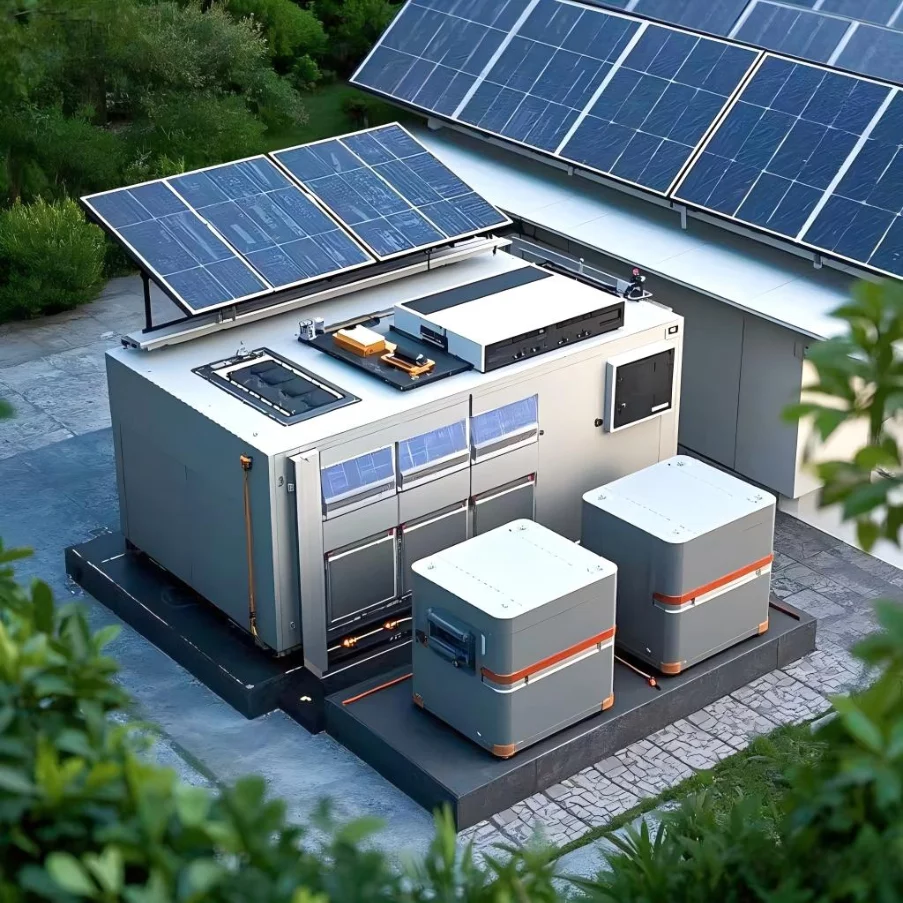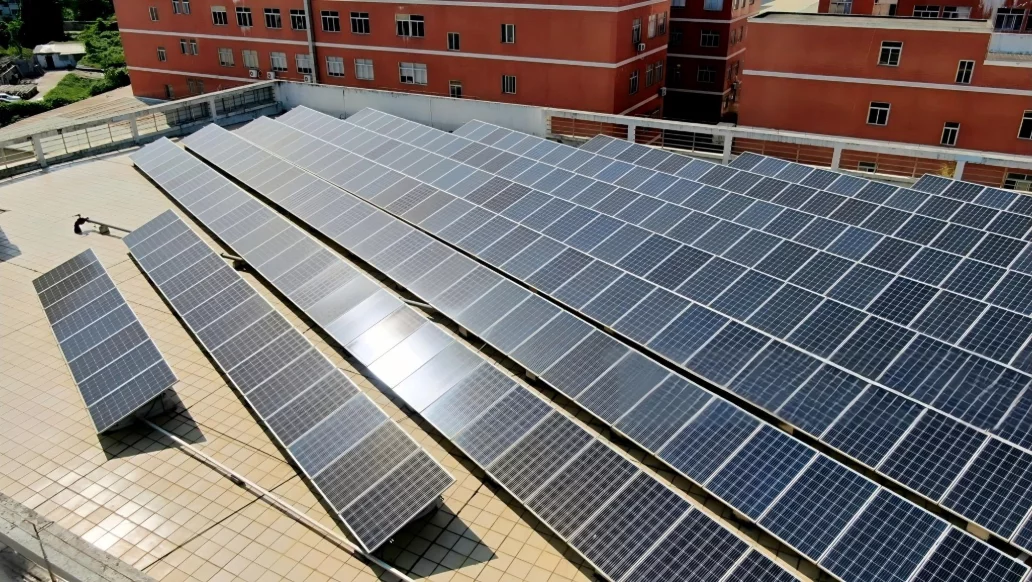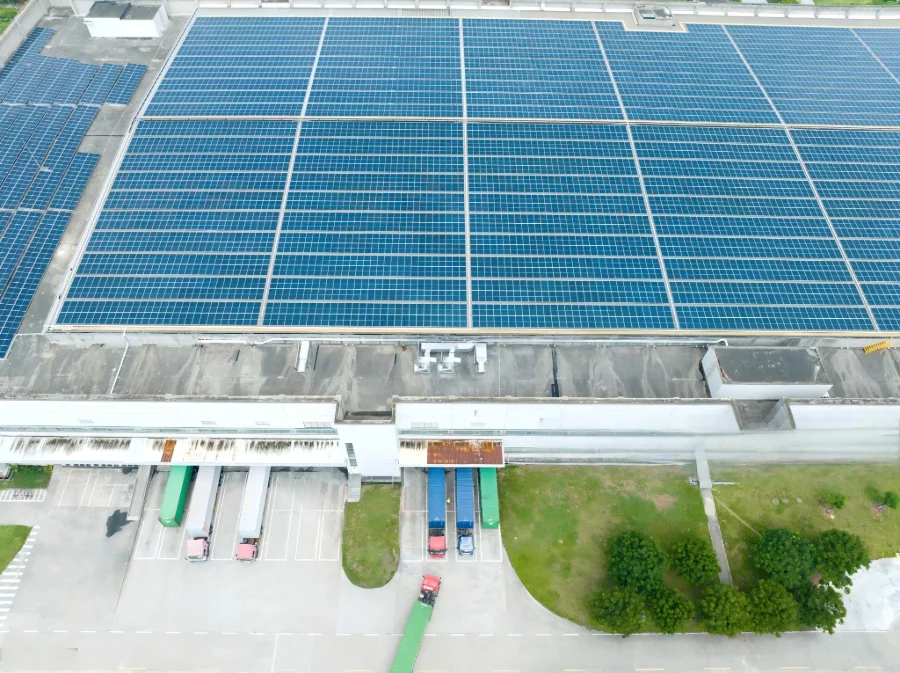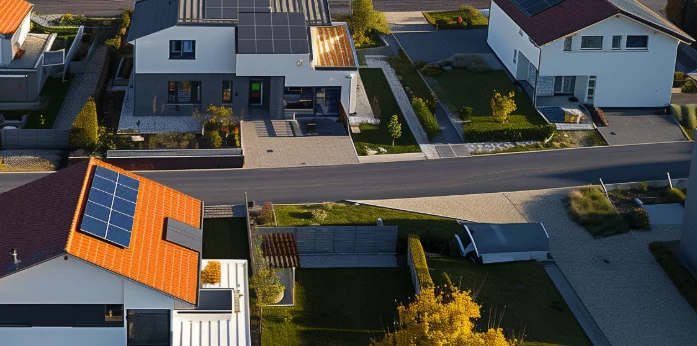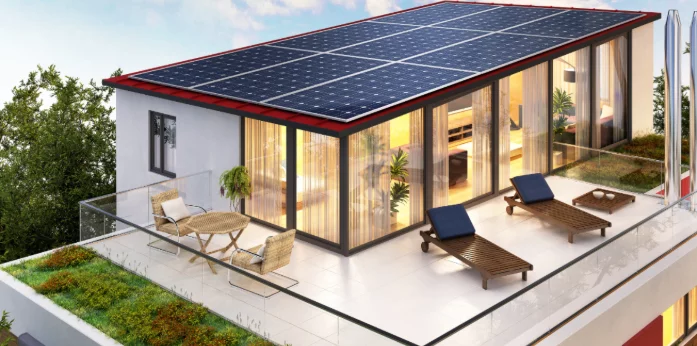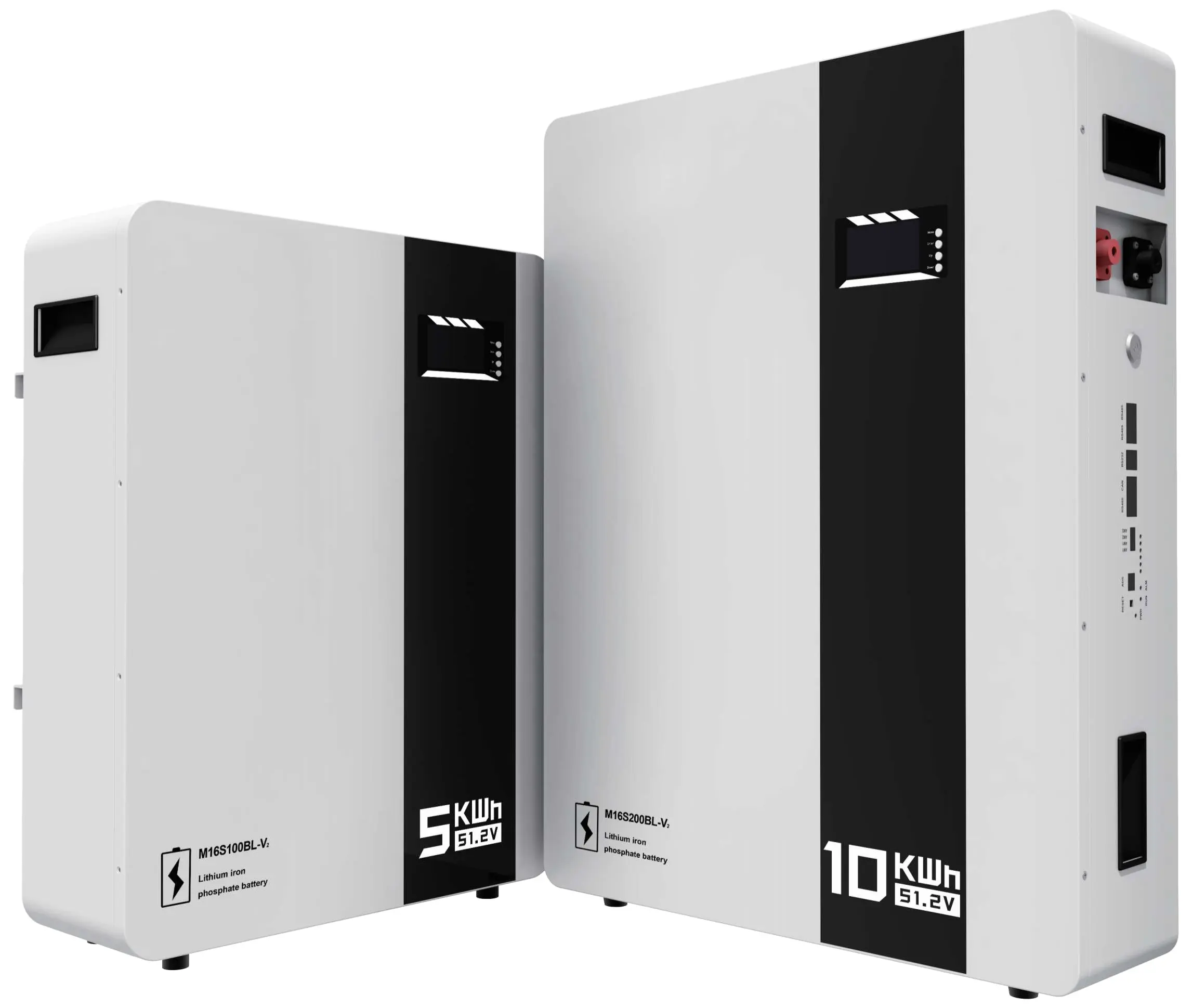सौर पैनल कैसे टिकाऊ शहरों को ऊर्जा प्रदान कर रहे हैं
रिलीज़ समय: 2025-10-07
विषयसूची
दुनिया भर के शहरों के तेज़ी से विकास के साथ, स्वच्छ और विश्वसनीय ऊर्जा की माँग पहले से कहीं ज़्यादा बढ़ गई है। कोयला और प्राकृतिक गैस जैसे पारंपरिक ऊर्जा स्रोत वायु प्रदूषण, ग्रीनहाउस गैस उत्सर्जन और जलवायु परिवर्तन में योगदान करते हैं। इसके जवाब में, कई शहरी क्षेत्र एक स्थायी समाधान के रूप में सौर पैनलों की ओर रुख कर रहे हैं। लेकिन ये सौर प्रौद्योगिकियाँ वास्तव में हरित और अधिक टिकाऊ शहरों के निर्माण में कैसे मदद कर रही हैं?
1. कार्बन उत्सर्जन में कमी
इसका सबसे महत्वपूर्ण लाभ यह है कि अक्षय सौर पेनल्स कार्बन फुटप्रिंट कम करने की उनकी क्षमता ही उनकी सबसे बड़ी खूबी है। जीवाश्म ईंधन जलाए बिना सूर्य के प्रकाश को बिजली में परिवर्तित करके, सौर पैनल शहरों को वायु प्रदूषण और ग्रीनहाउस गैस उत्सर्जन कम करने में मदद करते हैं। उदाहरण के लिए, छतों, पार्किंग स्थलों और सार्वजनिक भवनों पर शहरी सौर ऊर्जा संयंत्र लगाने से शहरों की कोयले या गैस से चलने वाले बिजली संयंत्रों पर निर्भरता काफी कम हो सकती है। यह बदलाव न केवल पर्यावरण की रक्षा करता है, बल्कि धुंध और श्वसन संबंधी समस्याओं को कम करके जन स्वास्थ्य में भी सुधार करता है।
2. निवासियों और व्यवसायों के लिए ऊर्जा लागत कम करना
सौर पैनल घरों और व्यवसायों, दोनों के लिए ऊर्जा का एक किफ़ायती स्रोत प्रदान करते हैं। सौर ऊर्जा में निवेश करने वाले शहर बिजली की कीमतों को स्थिर कर सकते हैं, जिससे निवासियों के मासिक बिल कम हो सकते हैं। छतों पर सौर ऊर्जा स्थापित करने वाले व्यवसाय ऊर्जा व्यय पर बचत करते हैं, जिससे उन्हें विकास या सामुदायिक परियोजनाओं में पुनर्निवेश करने का अवसर मिलता है। समय के साथ, ये बचत एक अधिक लचीले और आर्थिक रूप से टिकाऊ शहरी वातावरण में योगदान करती है।
3. स्मार्ट और लचीले बुनियादी ढांचे का समर्थन
आधुनिक शहर तेज़ी से स्मार्ट ग्रिड तकनीकों को अपना रहे हैं, जो सौर ऊर्जा के साथ अच्छी तरह काम करती हैं। सौर पैनलों को ग्रिड में एकीकृत करके विकेन्द्रीकृत बिजली प्रदान की जा सकती है, जिससे शहरी ऊर्जा प्रणालियाँ अधिक विश्वसनीय और लचीली बन सकती हैं। प्राकृतिक आपदाओं या बिजली कटौती की स्थिति में, बैटरी स्टोरेज वाली सौर ऊर्जा से चलने वाली इमारतें स्वतंत्र रूप से काम करना जारी रख सकती हैं, जिससे महत्वपूर्ण सेवाएँ चालू रहती हैं।
4. नौकरियां पैदा करना और स्थानीय अर्थव्यवस्था को गति देना
सौर ऊर्जा उद्योग नए रोज़गार पैदा करके शहरी अर्थव्यवस्था को भी बढ़ावा देता है। सौर पैनल स्थापना, रखरखाव और निर्माण के लिए कुशल श्रमिकों, इंजीनियरों और तकनीकी सहायता कर्मचारियों की आवश्यकता होती है। सौर ऊर्जा के बुनियादी ढाँचे में निवेश करके, शहर न केवल हरित बनते हैं, बल्कि रोज़गार के अवसर भी पैदा करते हैं, जिससे स्थानीय आर्थिक विकास को बढ़ावा मिलता है।
5. शहरी डिजाइन और सामुदायिक स्थानों को बेहतर बनाना
सौर पैनल प्रणाली अब सिर्फ़ छतों तक सीमित नहीं रहा—इन्हें शहरी डिज़ाइन में रचनात्मक रूप से शामिल किया जा रहा है। पार्किंग स्थलों पर सौर छतरियाँ, सौर स्ट्रीटलाइटें और सौर ऊर्जा से चलने वाले सार्वजनिक चार्जिंग स्टेशन आम होते जा रहे हैं। ये स्थापनाएँ शहर के परिदृश्य को निखारती हैं, उपयोगी सामुदायिक सेवाएँ प्रदान करती हैं, और नवीकरणीय ऊर्जा को निवासियों के लिए अत्यधिक दृश्यमान बनाती हैं, जिससे अधिक टिकाऊ व्यवहारों को बढ़ावा मिलता है।
निष्कर्ष
सौर पैनल सिर्फ़ एक तकनीक नहीं हैं—वे टिकाऊ शहरी जीवन की प्रेरक शक्ति हैं। कार्बन उत्सर्जन को कम करके, ऊर्जा लागत को कम करके, लचीले बुनियादी ढाँचे को सहारा देकर, रोज़गार सृजन करके और शहरी स्थानों को बेहतर बनाकर, सौर ऊर्जा आधुनिक शहरों को हरित, स्मार्ट और अधिक रहने योग्य वातावरण में बदलने में मदद करती है। जैसे-जैसे तकनीक आगे बढ़ती रहेगी, टिकाऊ शहरों को आकार देने में सौर पैनलों की भूमिका और भी मज़बूत होती जाएगी, जिससे हम एक स्वच्छ और उज्जवल भविष्य के और करीब पहुँचेंगे।

